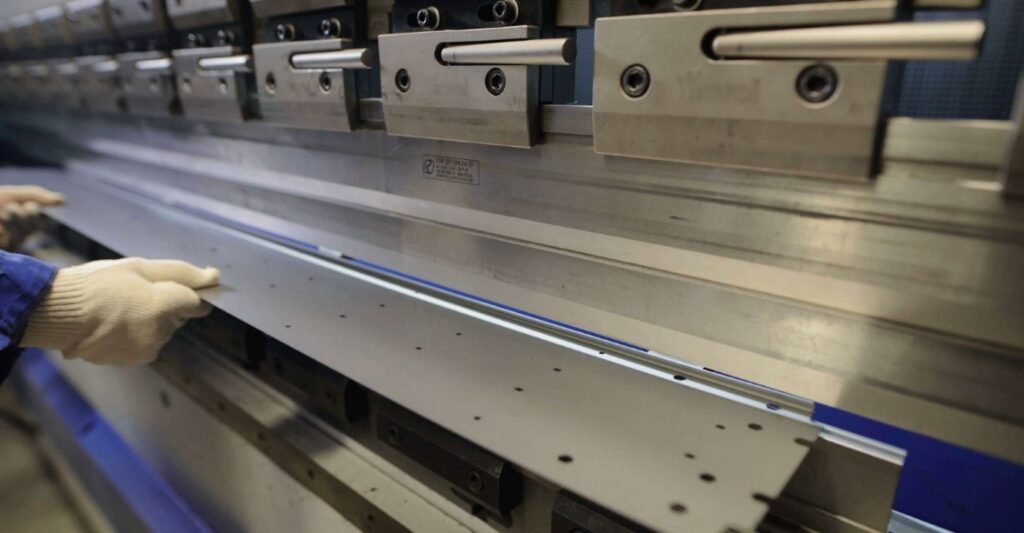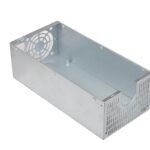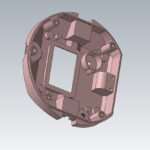When you are starting in the materials industry you realize that, when handling materials, you have to have greater precision for better quality. That is why we want to show you what is laser technology, how it works, and its advantages in the industry.
Laser technology
In the cutting of sheet metal parts, laser technology is one of the most used in industrial sector processes, mainly due to its precision and speed. Here we explain how laser cutting works, its advantages, and its industrial applications.
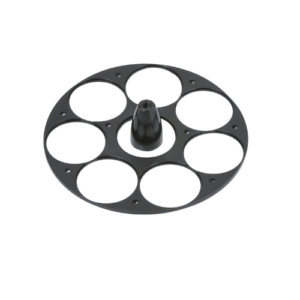
How does it work?
Laser cutting is a technique that, through thermal energy, is used to separate pieces of sheet metal.
During the cutting process, the laser beam concentrates the light on a point on the surface of the work material, raising its temperature until it melts or vaporizes. Once the laser beam has crossed the surface, the cutting process begins, redirecting the laser beam at the points determined according to the selected geometry until the material is completely separated.
Laser cutting is used to create patterns and designs on materials by (as the name suggests) cutting them. A high-energy beam of light is responsible for melting, burning, or vaporizing the material.
In essence, laser cutting is a manufacturing process that uses a very concentrated and small beam of light to cut and engrave designs, patterns, and shapes on various materials. This manufacturing process is ideal for certain materials such as wood, glass, paper, plastic, cardboard, and metal.
Once the cutting process is finished, carried out using specialized and highly technological machinery, pressurized gas (oxygen, nitrogen, or CO2) is used to extract the resulting material.
The laser cutter is made up of different parts:
Laser Resonator
The light beam is created from a resonator, which is a closed glass tube with two mirrors facing each other. The tube is filled with CO2 and other gases such as hydrogen, nitrogen, or helium. When the machine is started, an electrical discharge is generated that these gases transform into light.
Cutting head
The light bounces off different mirrors that are positioned so that the laser reaches the cutting head. Once the light beam reaches here, it passes through a curved lens that magnifies it and focuses on a single point (this is similar to using a magnifying glass to make fire with sunlight) that makes it capable of cutting and Record. Normally the cutting head is associated with a mechanical system with a belt or chain, which makes it able to move with precision over an area.
Cutting Distance
A distance is always maintained between the material and the nozzle through which the laser exits. This distance is very important as it determines the focus point. Changing this focus point generally affects the quality of the laser cut.
The light beam from a laser cutter is usually 0.1mm and 0.3mm in diameter and has a power of about 1-3 kW. This power is adjusted depending on the material and its thickness. To cut reflective materials such as aluminum, you may need a laser cutter of about 6 kW of power. This is because metals have a great capacity for thermal conductivity and reflect light, so the heat (and therefore energy) applied has to be very high to overcome these barriers.
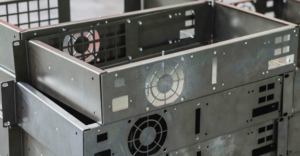
Types of laser cutting
There are 3 types or varieties of laser cutting today:
Burned / Reactive: This type of laser cutting uses oxygen as a support gas. This gas is blown over the slit of the cut at high pressures. The material reacts with oxygen, burns, and oxidizes. This reaction produces energy, which helps the laser to have more power. This type of laser cutting is often used on metal.
Fusion: An inert gas such as nitrogen helps the laser blow molten material away from the cutting area. This makes the energy required to make the cut much less. This type is used for metals in general.
Sublimation: a high-intensity laser evaporates (sublimates) the material, making thin sheets that can be cut without the need for a support gas. This type of laser cutting is used for non-metallic materials.
Advantages of using laser cutting
Laser cutting has different advantages and benefits depending on the use that is given to them.
The main advantages are the high precision and production capacity it provides. Also, laser cutting machines are much cheaper than machining (CNC) machines. Finally, they also have the advantage of accepting many different types of materials and of being a process that requires little manipulation by one person, thus reducing the chances of contamination (this is especially true in surgical environments).
Laser technology allows the processing of a multitude of plastic, textile, organic or metallic materials.
Depending on the machinery used and the material of the piece, it can be subjected to different processes such as cutting, engraving, marking, etc.
Laser cutting allows you to process sheet metal parts and metal materials such as:
Steel sheets Precious metals
Stainless steel Painted metal
Aluminum Brass
Anodized aluminum Copper
Chrome Titanium
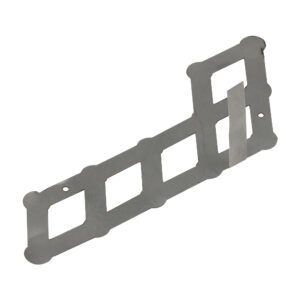
The history of laser cutting
The technology of laser cutting has evolved a lot despite being a relatively new machine. It has continued to escalate in the importance of industries such as aeronautics, automotive, medical, and others, and has spread to other small businesses and crafts.
The history of laser cutting dates back to 1954. The Nobel Prize winner in Physics, Charles H. Townes invented the maser and later, in 1960, the laser. And although at first it was described as “A solution looking for a problem” since in reality, it had no real use at that time; And it wasn’t until 1965 that the laser was used as a drilling tool. This was at the Western Electric Engineering Research Center, in the United States, and was used for the purpose of making small holes in diamond dies, which were used to make electrical cables.
Initially, laser cutting was used to measure distances, calculate the density of materials and was used mainly in the naval and aerospace industries. Later they spread to the chemical, medical, pharmaceutical, and engineering sectors.
Currently, we have a wonderful fiber laser cutter, these laser machines can cut materials such as steel and iron. Revolutionizing many sectors due to its intricate and precise cuts.

